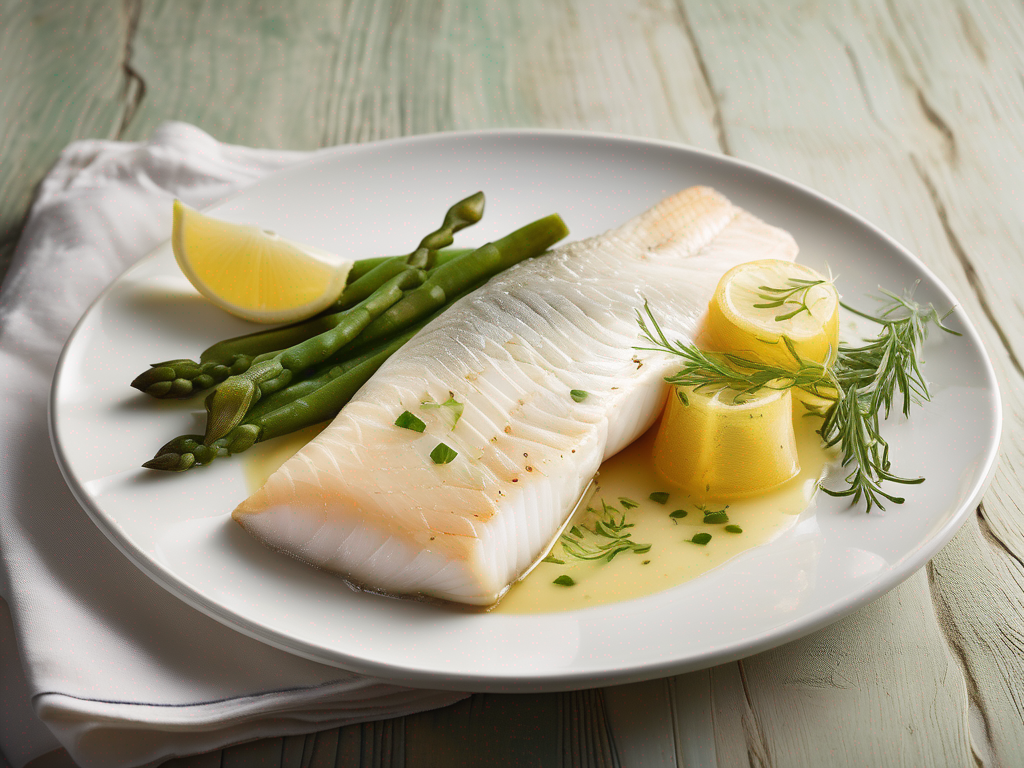
The Safest Way to Store Haddock Fresh Cooked Leftovers
Get Your Free Food Safety Cheat Sheet
30 most common foods with instant answers. Print it and stick it on your fridge—completely free!
The Safest Way to Store Haddock Fresh Cooked Leftovers
When it comes to storing leftovers, especially seafood like Haddock Fresh Cooked, it's crucial to follow proper food safety guidelines to prevent foodborne illnesses. In this blog post, we will discuss the safest way to store Haddock Fresh Cooked leftovers to ensure they remain safe to eat and maintain their quality. (Haddock fresh cooked)
Understanding the Importance of Proper Food Storage
Proper food storage is essential to prevent the growth of harmful bacteria that can cause food poisoning. When it comes to storing Haddock Fresh Cooked leftovers, it's important to follow specific guidelines to maintain the flavor, texture, and safety of the dish.
Key Points to Consider:
- Temperature Control: Refrigeration and freezing are key factors in preserving food freshness and safety.
- Duration: Leftovers should not be kept for an extended period to avoid spoilage.
- Packaging: Proper packaging helps prevent contamination and maintain food quality.
Steps to Safely Store Haddock Fresh Cooked Leftovers
Follow these steps to ensure that your Haddock Fresh Cooked leftovers remain safe and delicious for later consumption:
1. Cool Down Properly
- Allow the Haddock Fresh Cooked leftovers to cool down at room temperature for no more than 2 hours before refrigerating or freezing.
- Hot food should be cooled rapidly to below 40°F (4°C) to prevent bacterial growth.
2. Use Suitable Containers
- Store the Haddock Fresh Cooked leftovers in airtight containers or resealable bags to prevent exposure to air and moisture.
- Choose containers that are microwave-safe for easy reheating.
3. Label and Date
- Always label the containers with the date of storage to keep track of how long the leftovers have been stored.
- Use labels to indicate the contents and reheating instructions if necessary.
4. Refrigerate or Freeze Promptly
- Place the Haddock Fresh Cooked leftovers in the refrigerator within 2 hours of cooking.
- If you do not plan to consume the leftovers within a few days, consider freezing them for longer storage.
5. Reheating Safely
- When reheating Haddock Fresh Cooked leftovers, ensure they reach an internal temperature of 165°F (74°C) to kill any bacteria present.
- Use a food thermometer to check the temperature for safety.
Tips for Optimal Storage
- Avoid Overcrowding: Do not overcrowd the refrigerator or freezer to ensure proper air circulation and temperature control.
- Separate Raw and Cooked Foods: Store raw seafood away from cooked Haddock Fresh Cooked to prevent cross-contamination.
- Check for Spoilage: Always inspect leftovers before consuming them for any signs of spoilage, such as off smells or unusual textures.
Conclusion
Properly storing Haddock Fresh Cooked leftovers is essential to maintain food safety and quality. By following the guidelines outlined in this blog post, you can enjoy delicious seafood dishes without compromising your health. Remember to cool down leftovers promptly, use suitable containers, label and date them, refrigerate or freeze promptly, and reheat safely. By incorporating these practices into your food storage routine, you can ensure that your Haddock Fresh Cooked leftovers are safe and enjoyable to eat. [Learn more about Haddock Fresh Cooked here](/food/haddock fresh cooked). (Haddock fresh cooked)
Related Posts
Here are some other articles you might find helpful:
Authoritative Food Safety References
These agencies and university labs inform every tip and health precaution we publish.
USDA FoodKeeper – Cold Storage Guidelines
Official refrigerator, freezer, and pantry timelines maintained by the U.S. Department of Agriculture.
Visit USDA FoodKeeperFDA Produce Safety Rule & Grower Guidance
Field-to-fridge handling practices that prevent contamination of fruits, vegetables, and leafy greens.
Visit FDA Produce SafetyCDC Foodborne Illness Prevention Hub
Surveillance-backed guidance on pathogens, symptoms, and steps to reduce foodborne illness risk.
Visit CDC Food SafetyUC Davis Postharvest Technology Center
University research detailing optimal storage atmospheres for produce after harvest.
Visit UC Davis PostharvestPenn State Extension – Home Food Preservation & Safety
Peer-reviewed extension bulletins on safe canning, chilling, and reheating practices.
Visit Penn State ExtensionGet Your Free Food Safety Cheat Sheet
30 most common foods with instant answers. Print it and stick it on your fridge—completely free! Want more? Upgrade to the complete guide with 70+ foods.
Scan your food directly and get instant safety info using our AI-powered camera feature.